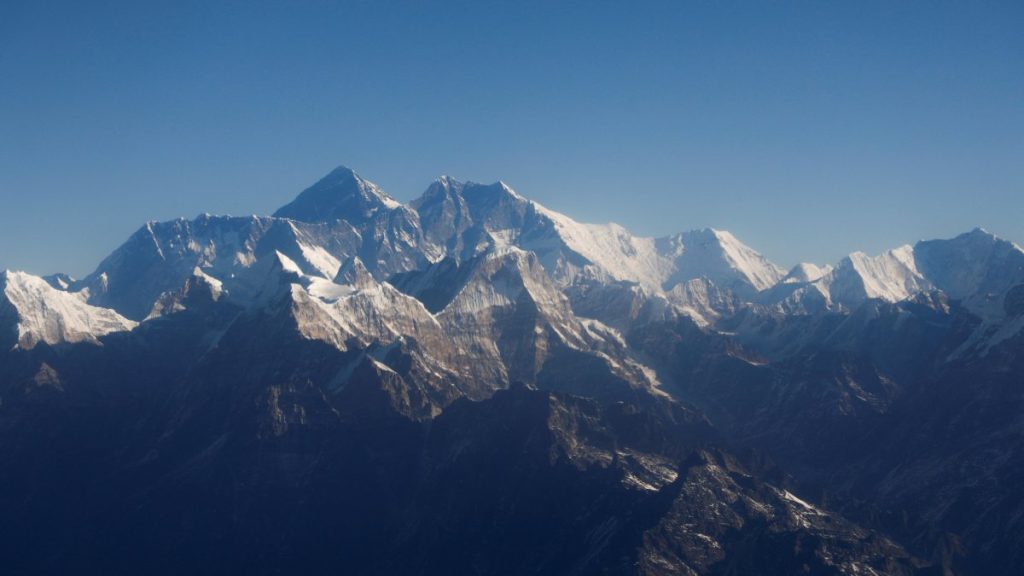Nepal announced a more than 35% hike in Mount Everest climbing permit fees, marking the first increase in nearly a decade, officials said Wednesday.
Income from permit fees and other spending by foreign climbers is a key source of revenue and employment for the cash-strapped nation, home to eight of the world’s 14 highest mountains, including Mount Everest.
A permit to climb the 8,849 meters (29,032 feet) Mount Everest will cost $15,000, said Narayan Prasad Regmi, director general of the Department of Tourism, announcing a 36% rise in the $11,000 fee that has been in place for nearly a decade.
“The royalty (permit fees) had not been reviewed for a long time. We have updated them now,” Regmi told Reuters.
The new rate will take effect in September and apply to the popular climbing season from April to May along the standard South East Ridge, or South Col route, pioneered by New Zealanders Sir Edmund Hillary and Sherpa Tenzing Norgay in 1953.
Fees for the less popular September-November season and the rarely climbed December-February season will also increase by 36%, to $7,500 and $3,750 respectively.
Some expedition organizers said the increase, under discussion since last year, was unlikely to discourage climbers. About 300 permits are issued each year for Everest.
“We expected this hike in permit fees,” said Lukas Furtenbach of Austria-based expedition organizer, Furtenbach Adventures.
He said it was an “understandable step” from the government of Nepal. “I am sure the additional funds will be somehow used to protect the environment and improve safety on Everest,” Furtenbach said.
Regmi did not say what the extra revenue would be used for.
Hundreds of climbers try to scale Mount Everest and several other Himalayan peaks every year.
Mountaineering experts often criticize Nepal for allowing too many climbers on Everest and doing little to keep it clean or to ensure climbers’ safety.
Regmi said cleaning campaigns were organized to collect garbage, rope fixing and other safety measures were undertaken regularly.
Climbers returning from Everest say the mountain is becoming increasingly dry and rocky with less snow or other precipitation, which experts say could be due to global warming or other environmental changes.


